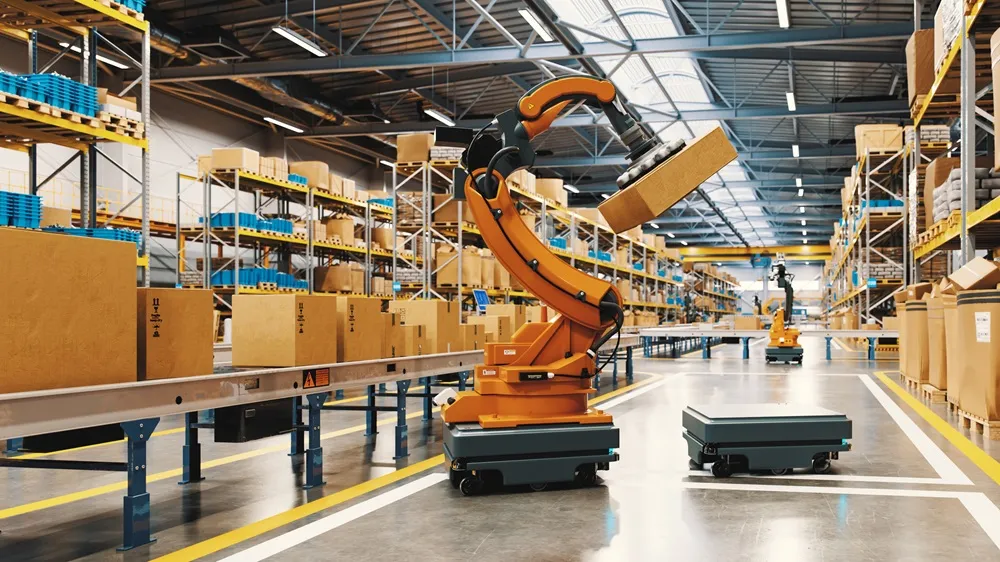Top 5 Signs of Machine Failure



As the backbone of industrial processes, machinery requires meticulous attention to detail to ensure optimal performance and longevity. By recognizing the early warning signs of impending failure and implementing proactive maintenance strategies, manufacturers can significantly mitigate risks and optimize productivity.
1) Abnormal Sounds
One of the most subtle yet revealing indicators of potential machine trouble is a change in sound. A machine that suddenly begins to grind, squeal, or hum may be experiencing wear and tear, misalignment, or lubrication problems. Ignoring these auditory cues can lead to more serious consequences, such as component failure or catastrophic breakdowns.
2) Unclean Components
It is very important to perform regular visual inspections for all of your machinery. Doing so can provide valuable insights into whether or not there are visible signs of things starting to break down. Keep an eye out for signs of wear and tear, such as cracks and corrosion. You may also notice loose components, misaligned belts, damaged seals, or other issues that can lead to machine failure. Regular cleaning and maintenance can help identify and address these issues before they escalate.
3) Unnecessary Vibrations
If you don’t hear or see anything, you can also try using your sense of touch. Vibration analysis is one way that plant managers and maintenance teams detect mechanical failures in automation machinery. The change in vibration from the norm is a sign that the machine might have anything from loose parts to lubrication issues. If you or a sensor picks up an excess level of vibration coming from any part of the machinery, it could be due to a deterioration of the moving parts and processes.
4) Excessive Heat
Excessive heat generation is another critical sign to watch for. While some level of heat is normal during machine operation, excessive heat can indicate a variety of problems, including inadequate lubrication, electrical faults, or heavy load conditions. If left unchecked, overheating can lead to component damage, reduced efficiency, and increased energy consumption.
5) Performance Decline
Another indicator us a decline in the performance of the machine. If it starts producing fewer units, operating at slower speeds, or generating lower-quality output, it may be due to a deterioration of the machine. As parts break down, or as it gets dirty and worn, it can cause its processes to operate at a slower pace. Reduced performance can be caused by a variety of factors, including worn-out components, inadequate lubrication, or improper calibration.
Preventive Maintenance is an Important and Proactive Approach to Machine Health
To proactively address these issues and prevent catastrophic failures, manufacturers must implement a robust preventive maintenance program. A well-structured maintenance program should encompass a comprehensive range of activities, including regular inspections, lubrication, and component replacement. By adhering to a meticulously planned maintenance schedule, manufacturers can significantly reduce the likelihood of unexpected breakdowns and optimize equipment performance.
Furthermore, condition-based monitoring techniques, such as vibration analysis, oil analysis, and thermography, can provide valuable insights into the health of machinery. By leveraging these technologies, maintenance teams can identify potential problems early on and take corrective action before they lead to significant downtime. By adopting a proactive approach to maintenance, manufacturers can ensure the reliability and longevity of their machinery, ultimately driving operational efficiency and boosting overall productivity.




